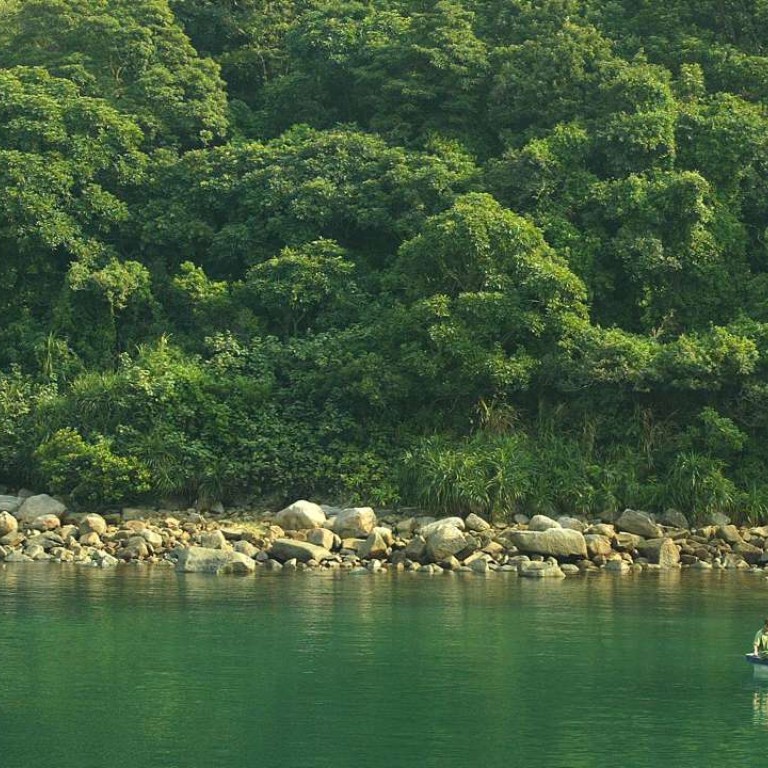
Let’s wait for coral probe and not jump to conclusions on Hoi Ha
I refute Paul Hodgson’s accusations (“Untrue that most Hoi Ha residents oppose a visitors’ centre”, August 21). Nowhere does the report, “Visitor centre unwelcome” (August 6), say that Friends of Hoi Ha claim to represent Hoi Ha villagers. We are an environmental advocacy NGO and have never claimed to speak for villagers.
We do not oppose the proposed visitors’ centre per se but object to its present form. People visit Hoi Ha to see the real world, not cardboard cut-outs and photos in an air-conditioned building.
Vehicles regularly park on the pavement between the proposed centre and Hoi Ha village, so visitors will have to walk on the busy road. We have suggested solutions – reopen two disused pathways. One will provide easy and safe access to Hoi Ha village while the other, which leads from the project site, through the country park to the marine park, will provide a picturesque platform to put educational material out in the environment, where it belongs at Hoi Ha.
Mr Hodgson also mentions two unconnected issues. We agree that Hoi Ha enclave should be subsumed into the country park. However, the Town Planning Board meetings were convened only to discuss the zonings of the outline zoning plan after the director of agriculture, conservation and fisheries unilaterally decided not to incorporate Hoi Ha within the country park.
The Save Our Country Parks Alliance, which includes Friends of Hoi Ha, managed to substantially improve the draft outline zoning plan’s zonings, while putting together material for judicial reviews to question the director’s and the board’s decisions. In the meantime, pending the results of the judicial reviews, it is the zoning plan which controls planning at Hoi Ha.
We also agree with Mr Hodgson that the Environmental Protection Department should not have licensed septic tanks attached to houses at the front of Hoi Ha, as they are too close to the Hoi Ha Wan Site of Special Scientific Interest. However, the coral die-off has been recent, whereas the houses have all been in situ for some years.
Also, the affected corals are in the outer reaches of Hoi Ha Wan, while the coral areas closer to the village have not suffered from the same problem. Professional marine biologists from the University of Hong Kong are presently investigating the coral die-off. We should wait for the results of this study before jumping to conclusions.
David Newbery, secretary, Friends of Hoi Ha

